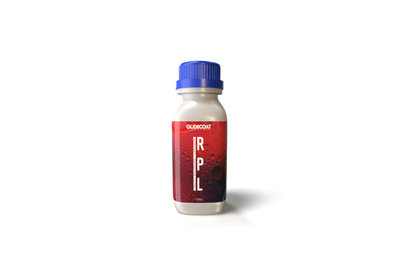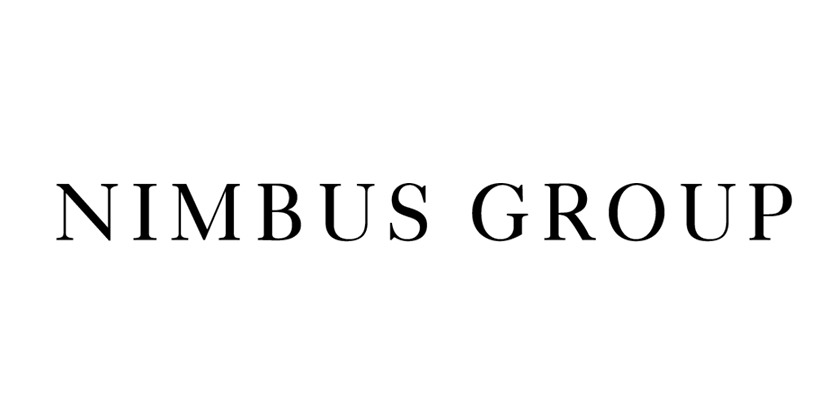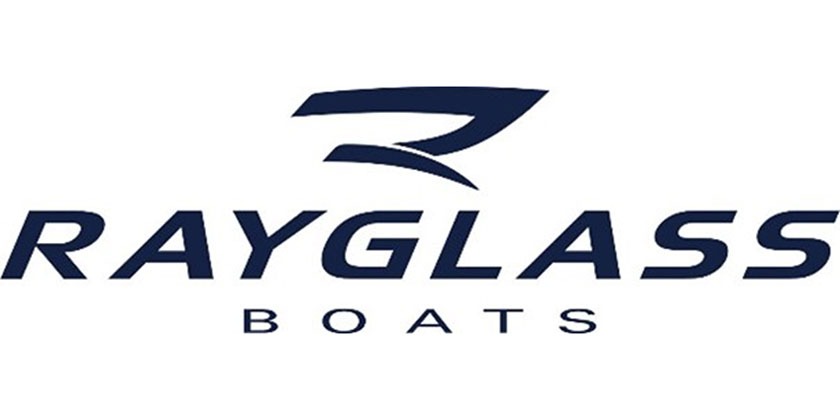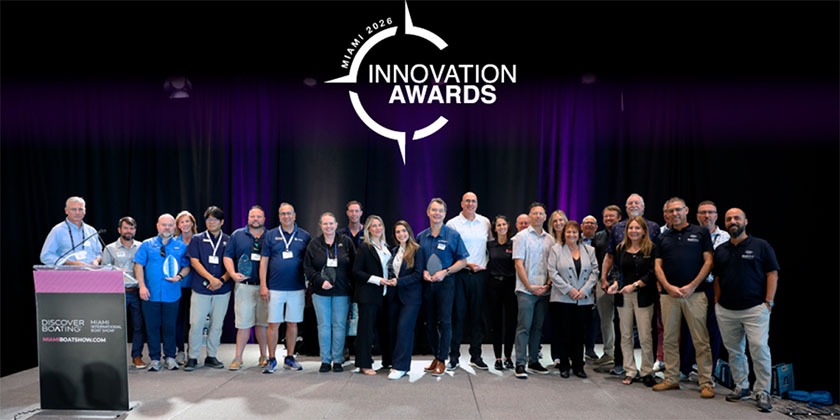Oily black soot? with RPL, it simply wipes away

May 9, 2022
Unlike standard boat grime that’s easily removed with a soapy deck brush, oily black soot is another matter. Carbon-based airborne pollutants create streaks on cabins and hulls, while diesel engine and genset exhaust leaves unsightly residues. Both require harsh chemicals and backbreaking scrubbing to remove. The solution is to prevent stains from setting in the first place by using Glidecoat RPL (Repellent Protective Layer).
Made in the USA, Glidecoat RPL reacts with sunlight to chemically break down dirt and other contaminates. The oil-repellent top coating is also hydrophilic. This creates a self-cleaning action where water sheets off the coated surface, removing grime and oily black soot with it.
RPL is most effective when used in combination with Glidecoat’s innovative Marine Ceramic Coating, enabling residual soot to be simply wiped away with a cloth. But when used on bare or waxed paint or gelcoat, staining is still far easier to remove when RPL has been applied. This dramatically lowers maintenance time and costs, whether for the owner of a 35′ sportfisher doing the job himself or a crew detailing a 150′ megayacht.
Using Glidecoat RPL is straightforward for both the DIYer and professional marine detailer. The unique formula can be applied with a sprayer by lightly—but thoroughly—misting a 3′ x 3′ section. Or if by hand, a quarter-sized dollop is placed on a microfiber applicator and worked in an overlapping up-and-down, side-to-side pattern. The surface is then buffed with a clean microfiber cloth to remove any excess coating and achieve a uniform finish. RPL needs to cure for 12 hours before getting wet. A case study is atwww.bit.ly/RPL-CaseStudy.
A 50ml bottle of Glidecoat RPL covers up to 110 sq. ft. and costs $99 USD; 250ml is $365 USD and covers up to 550 sq. ft. Marine Ceramic Top Coating Kits start at $295 USD.
























